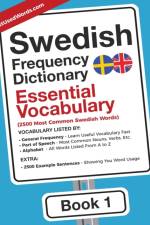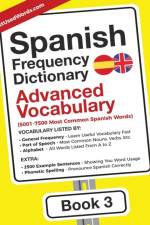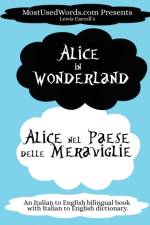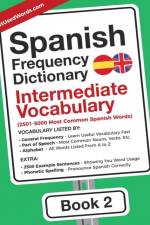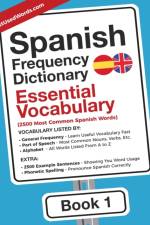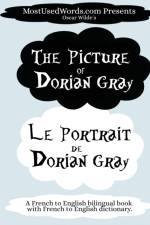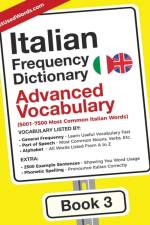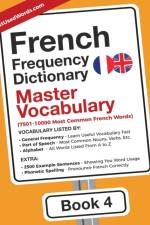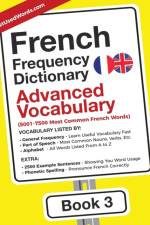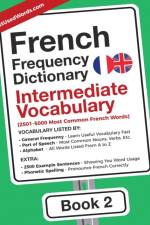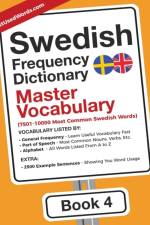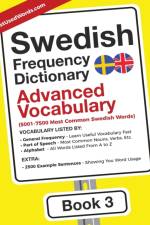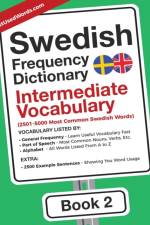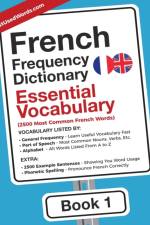- A French to English Bilingual Book With French to English Dictionary
av Oscar Wilde, Mostusedwords & Albert Savini
409
The Picture of Dorian Gray / Le Portait de Dorian GrayThe timeless classic "The Picture of Dorian Gray" by Oscar Wilde has captivated audiences worldwide for over 100 years. It tells the story of a young man, Dorian Gray, a devilish pact and mysterious painting. Dorian wishes a life of hedonism and excess, but at what price...? This Dual Language BookThis version of the story has been accommodated for learners of French. We have aligned the original English version of the story side-by-side with the official French translation, "Le Portrait de Dorian Gray" by Albert Savine.The English version is printed on the left half of the page, and the French version on the right half of the page.This will allow you to get the reading practice you need in French and quickly get answers when you dont know the French word or phrase.Because the sentences are aligned, this way of reading will save you from reaching for the dictionary to look up the meaning of a word. As a result, you'll have a smoother reading experience and save a lot of time and frustration."Le Portrait de Dorian Gray" is about 85.000 words long. The story is written out of just 4894 different lemmäs (a lemma is the dictionary form of a word), making it a great book for advanced beginner to advanced language learners.To further aid you with learning French, we added two French to English dictionaries, made specifically for this story. Frequency DictionaryOne dictionary is based on word frequency. We analyzed the French version and listed all the words by how often they are used. Study the most common words, and see how far you can come without resorting to the translation.You can also find a detailed alphabetical dictionary in the back, which is helpful for looking up the meaning of a word rather than relying on how it's translated in context. Alphabetical DictionaryIf you encounter a French word you don¿t know, and you can't deduce it's meaning through context or require extra clarification, flip towards the back of the book where you can look it up alphabetically.Plus, you may find yourself wondering: What is the correct pronunciation of this word in French? That is why we included IPA phonetic transcriptions of French words. Bilingual BooksA tried and tested method, bilingual books, also known as parallel text books or dual language books, have been used to assist language learners for hundreds of years.There are several benefits to be gained by reading bilingual books. In short: You will naturally broaden your vocabulary by learning from context. Your overall language skills will improve: you will become a better reader, writer, listener, and speaker. You will be more motivated to read. With the translation nearby, reading foreign text becomes much easier when you don't have to waste time to look up unknown words. You can read anytime, anywhere, and on your own schedule. You can learn a lot from reading books in your target language. You can benefit from a book's message and equally from its language. In other words, a book can improve your way of life and your language learning at the same time.By sitting down and reading, you're going to get yourself farther, faster. Invest in yourself now, and get this book.

